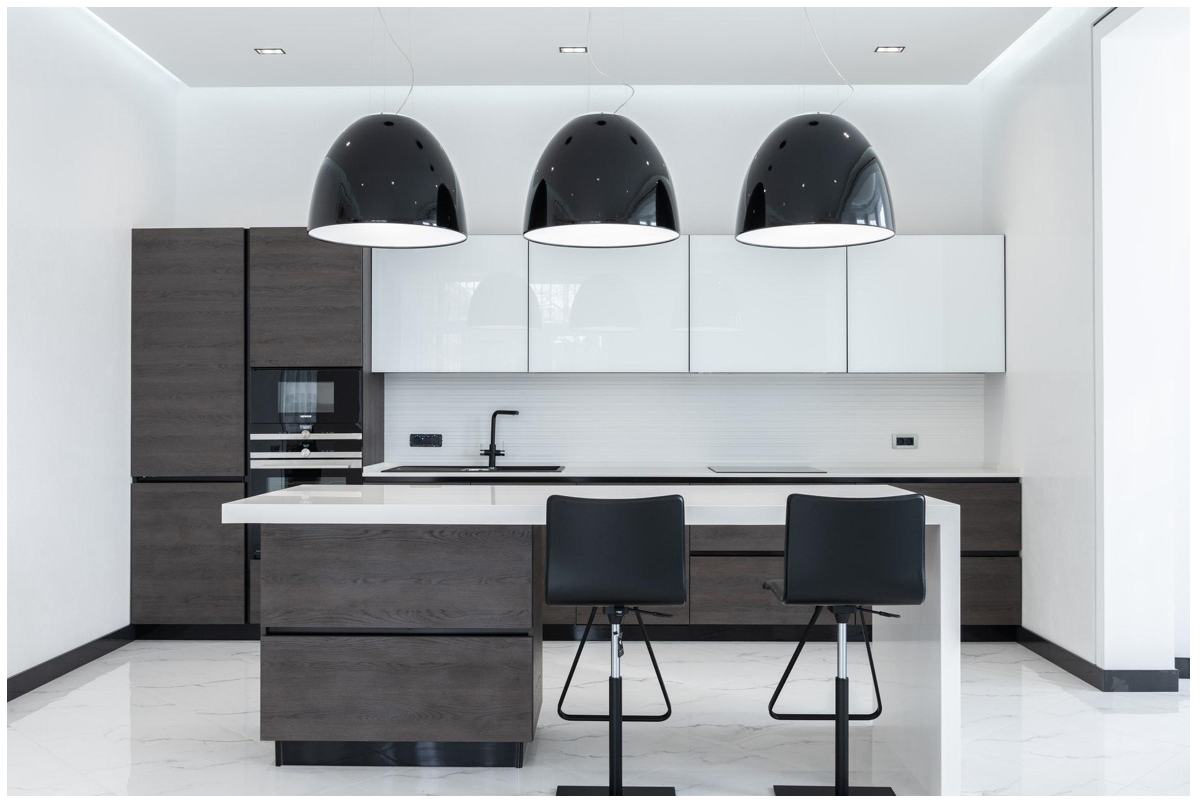6 Things to Know Before Flipping a House
If you are looking to enter the real estate game and are planning to flip a house, here are 6 tips to know before starting this lucrative but risky endeavor.
1. Assess the risks
The most important thing to know when investing in real estate is to understand your market. If you buy a house or condo for $100K, put thousands of dollars or more into renovations, and then you are unable to sell it, you have just taken a huge loss. As house flipping becomes a more and more valuable way to invest, the average profits have decreased. Remember, the rule of thumb is that you need a 20% profit margin on a flip in order to make money off of it. Otherwise, you will take a loss on remodeling, home staging, and realtor fees.
2. You need cash and great credit
The better your financial health, the better rate you are going to receive when it’s time to apply for a loan. You could get a regular mortgage loan from a bank, or you could go with private money lenders and get a hard money loan backed by your pending real estate assets.
3. Scope out the neighborhood
When deciding which home to buy, it is critical that you know the market you are getting into. Here are a few things you should be on the lookout for:
● Neighborhood – It’s better to buy the worst house in a good neighborhood than the best house in a bad neighborhood. It makes a huge difference when it’s time to resell.
● Schools – Be on the lookout for the quantity and amount of schools in the area. A great school nearby is always attractive when selling a property.
● Crime – Pay attention to crime statistics in the area. Nothing drives down property value more than crime. When buying, assess how many other properties are for sale in the same area. If there are a lot, it might mean that the neighborhood is worse than you think.
4. Check out the property
This should go without saying, but you should only buy a house after you and a qualified inspector get a good look at it. Pictures can often lie, and only by seeing the home in person will you notice any glaring flaws. Be sure to be on the lookout for mold, leaks, and foundational issues that can massively spike your renovation budget and can ruin any chance of making a profit.
5. Figure out the most cost-efficient improvement projects
When renovating the house, make sure to only do projects with a high-cost to benefit ratio. That means that certain projects are more likely to increase the value of the house than others. Kitchen and bathroom remodels are usually on the pricier end but are often worth it. Bedrooms are easy to remodel and provide a decent amount of return. It’s always worth it to repaint walls because it’s affordable and looks good. However, there are some things that may have a low-return or even a negative one. Things like pools, sunrooms, decks, and fixing the foundation are not worth the cost of the remodel.
6. Decide if you want to rent
Now that you have a new property that is habitable and clean, decide whether you want to rent. If you have chosen a great location for the property, it may be a better investment to rent instead. Renting brings in passive income, making it a great investment.
By taking this advice into account, you should know a little bit more about what you are getting into when you buy real estate with the intention to flip it. Use it to help guide you on any decisions you may have in the future.



Great post! What could be also helpful is that when you sell your home, the buyer’s funds pay your mortgage lender and cover transaction costs. The remaining amount becomes your profit. That money can be used for anything, but many buyers use it as a down payment for their new home. This is how it works 🙂